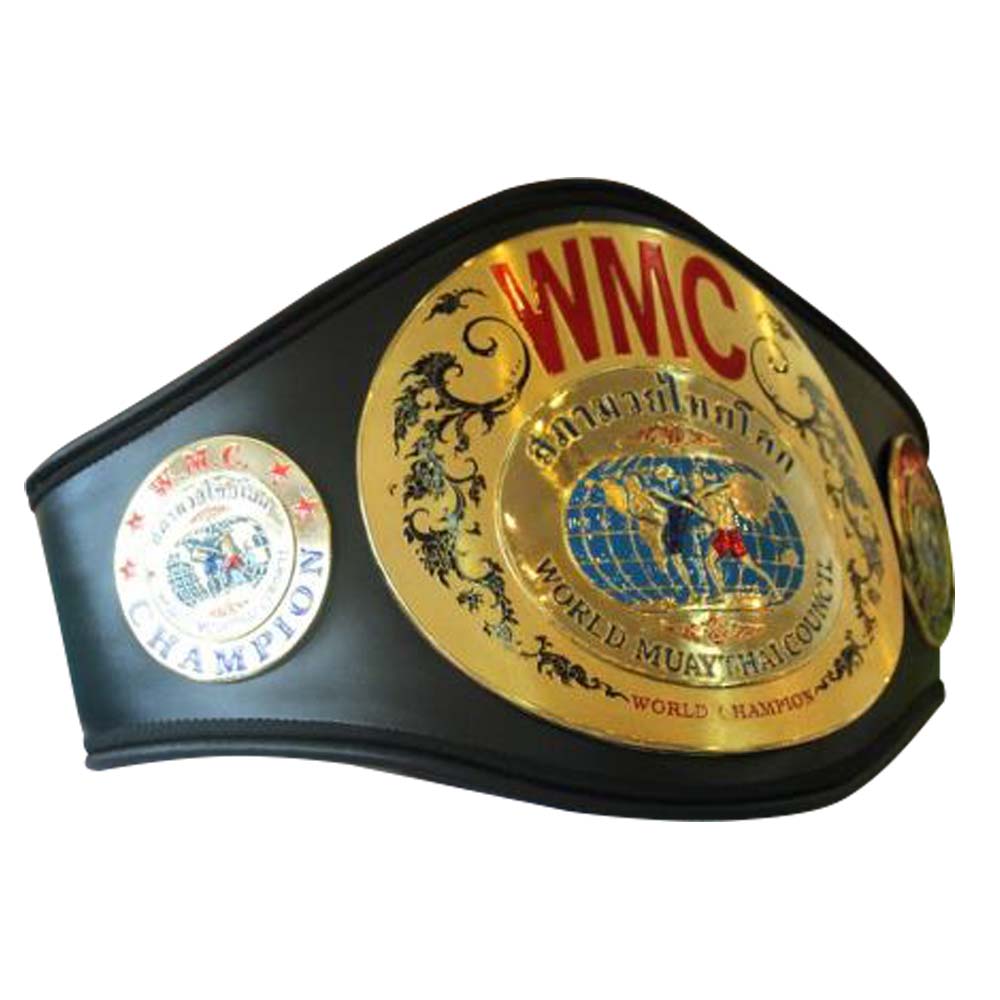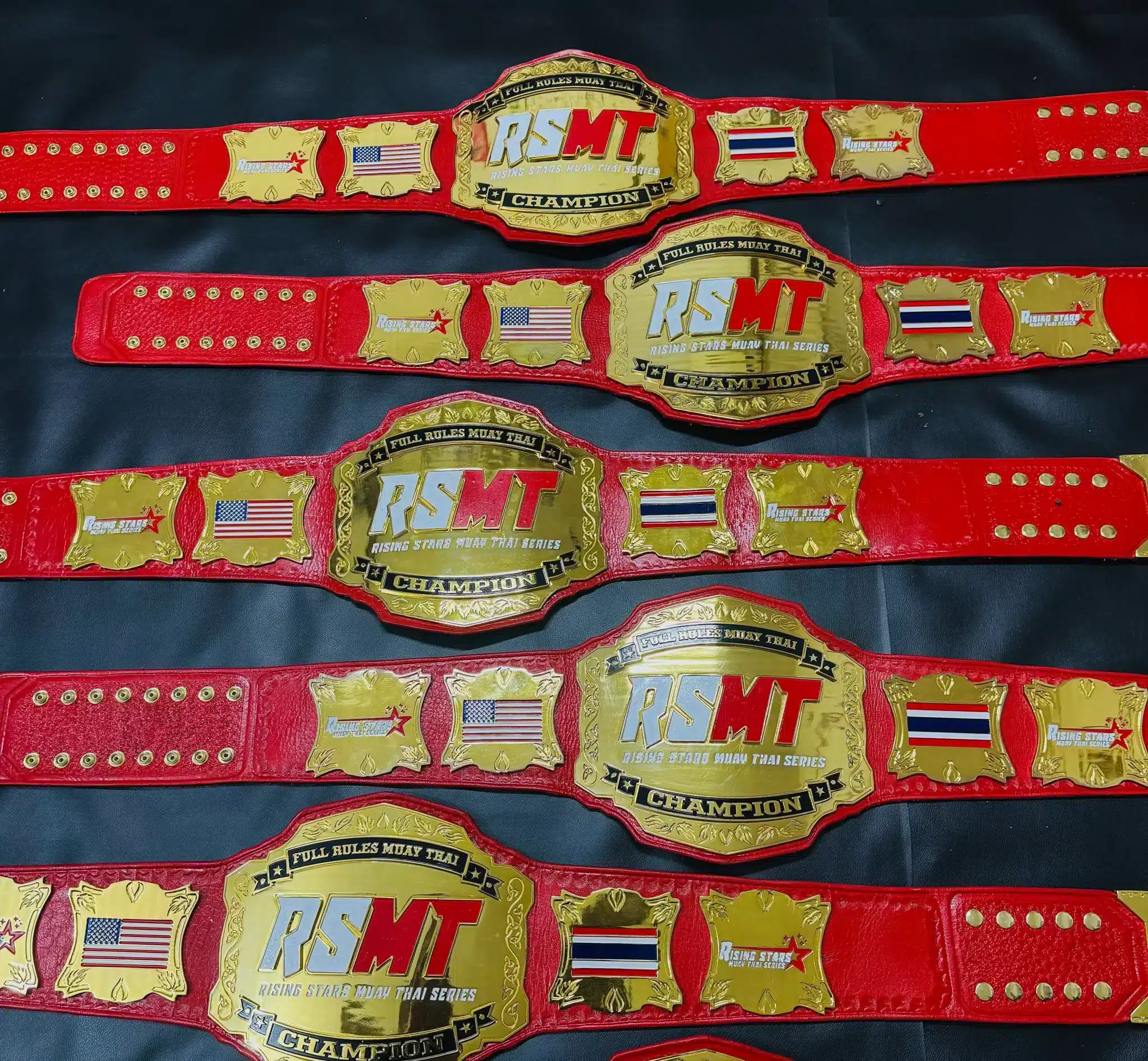Alright, let’s talk about Thai boxing belts. When I first got into Muay Thai years back, coming from a background where belts meant everything – you know, like karate or TKD – I naturally expected the same path. Show up, learn stuff, get tested, get a new colored belt. Simple.
So, I walked into my first proper Muay Thai gym. Looked around. Saw guys hitting pads, skipping rope, sparring. Loads of sweat, liniment smell in the air. But something was missing. No belts. Nobody was wearing a belt around their waist. Just shorts, maybe an ankle support, hand wraps, gloves. That was it.

I was honestly a bit confused. I thought, maybe I’m in a beginners’ class? Or maybe you get them later? So, I stuck with it. Trained hard. Day in, day out. Watched the experienced guys, the fighters. Still no belts.
What I did see, though, were these armbands. Fabric bands, sometimes quite ornate, worn high up on the bicep. Called ‘Prajied’ (or Prajeer, Prajioud, spelling varies a bit when you write it in English). I eventually asked my Kru, my trainer, about it. “Where are the belts? How do you know who’s good?”
He kinda chuckled. Told me straight up, Muay Thai doesn’t really do the belt thing. Not traditionally, anyway. He explained the Prajied were different. They weren’t about rank like a black belt. They were more traditional, sometimes given by monks or senior trainers, often seen as bringing good luck or protection. It felt more spiritual, more connected to the history of the art, not just a marker of how many katas you memorized.
My training became about something else. Not chasing the next belt color, but about getting technically better. Could I land that kick cleaner? Was my defense tighter? Could I last longer in sparring? The proof was right there in front of you – how you moved, how you fought, the respect you earned from your training partners and coaches. That felt more real, more honest, than a belt.
So what’s with the belts you sometimes see?
Now, you DO sometimes see gyms, especially outside Thailand or maybe newer schools, using a belt system. They often call them ‘Khan’ levels. I’ve seen places use white, yellow, green, blue, brown, etc., similar to other martial arts.
From my experience and talking to folks, this seems like a newer thing. Maybe borrowed from other martial arts to give students, especially kids or Westerners used to that structure, a sense of progression. Maybe it helps structure classes or even makes business sense for the gym owner. I get it from that point of view.
But for me, having started in a place that stuck to tradition, it always felt a bit… off. Like trying to fit a square peg in a round hole. Muay Thai’s progression felt measured differently – in your stamina, your power, your technique, your heart in the ring or in hard sparring.

So yeah, my journey with “Thai boxing belts” was basically realizing they weren’t the point. The real badges of honor were the sweat, the bruises, the calluses on your knuckles, and maybe, eventually, earning a Prajied from your Kru, which felt like becoming part of a lineage, not just climbing a ladder. The focus was always on the fight, the technique, the conditioning. Belts just never factored into my grind.

















